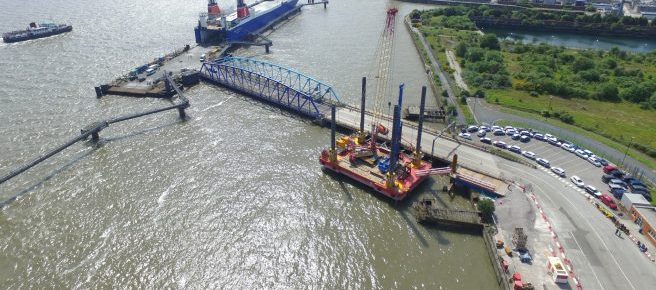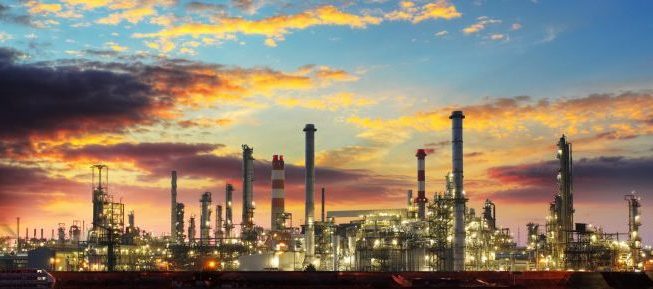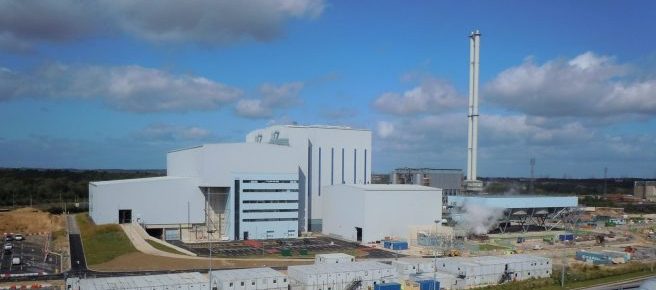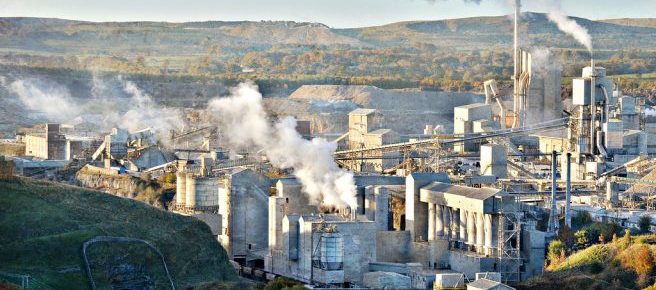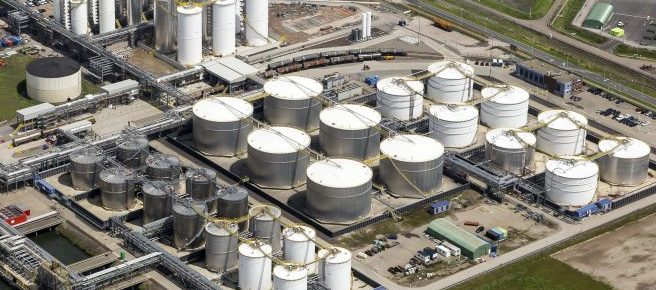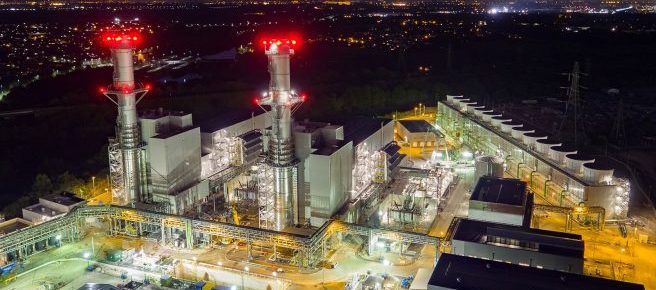Why Don’t We Leave the Equipment Uninsulated?
A question which is often raised when discussing how to prevent corrosion under insulation,
“Why don’t we leave the equipment uninsulated?”
At first thought this might seem like a good solution, as removing the insulation will leave the underlying equipment bare, helping to prevent under insulation corrosion. However, this does not mean corrosion could not still occur on the surface of the asset, it just wouldn’t be hidden under the insulation. Corrosion occurs due to wet metal exposure and the presence of oxygen – 3 elements which could still be present if the asset were insulated or not.
Removing the insulation would help to prevent corrosion under insulation (CUI), but an uninsulated asset brings with it its own problems which may lead to serious consequences.
Thermal Performance
After the United States energy crisis of the 1970s, if a system operated below 300 degrees it did not make economic sense to install insulation. It cost less to run the system without insulation, than it cost to insulate it. However, to date the cost of energy has never fallen to a point where the return for insulation was less than the cost of installing it.
Process engineers and system designers of today view insulating equipment in a more sustainable and financially advantageous way. Insulation systems are designed to take advantage of the thermal insulating properties of the insulation material. It is estimated that typically the return on investment (ROI) of insulation is between 6 months to 2 years.
ROI of the insulation system is linked to its integrity. If the system were to become damaged, the thermal performance will have a direct impact on operating costs and the surrounding environment.
If an insulation system were to fail because of CUI, the operator would be faced with the cost of replacing the system. Often overlooked is the additional cost in the loss of thermal performance of the system, something which occurs long before its failure. Consequently, the cost of inspecting and maintaining the insulation system is in most cases less than the cost of losses in thermal performance.
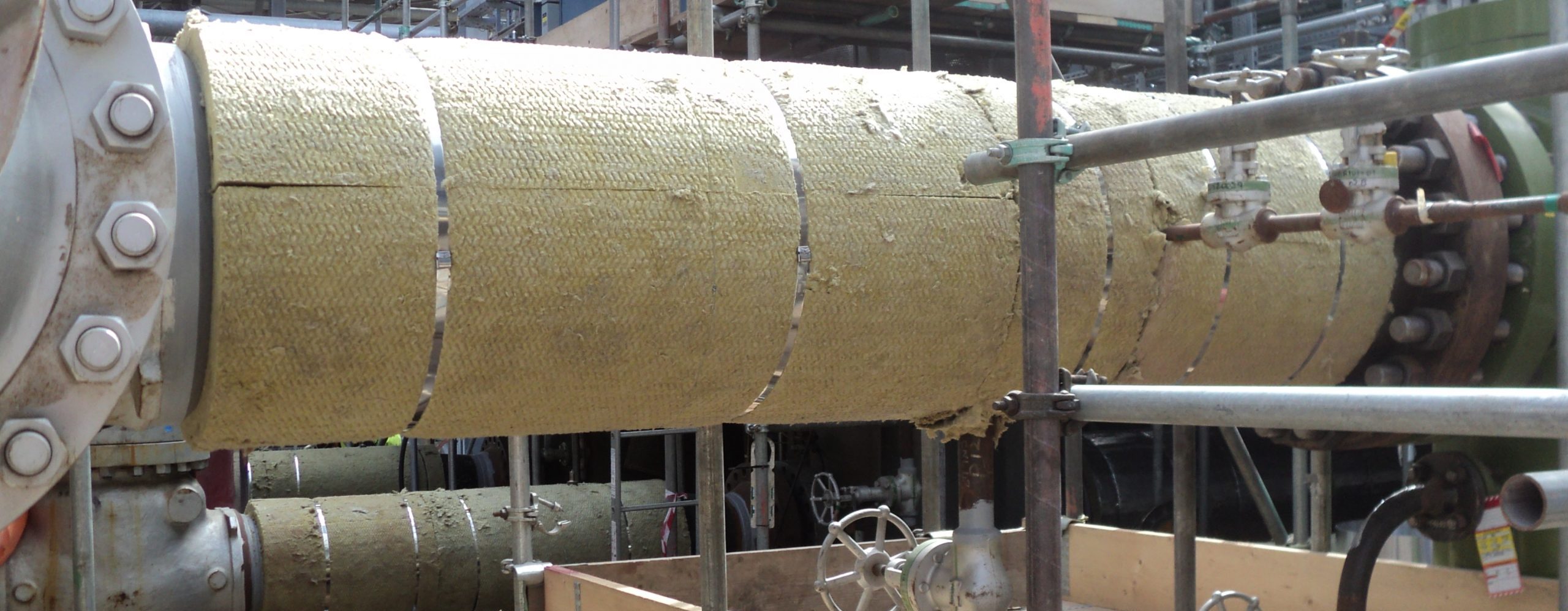
Environment
Besides operating costs, leaving an asset uninsulated negatively impacts the surrounding environment. If industrial equipment were to be left uninsulated, it would require more energy to maintain the required operating temperature for optimum process performance. More energy requires more fuel, increasing the carbon footprint of the system. Negatively impacting on decarbonising the power generation sector and reducing the chances of achieving Net Zero targets.
Process Efficiency
One of the main objectives of an insulation system is to improve process efficiency by maintaining the required temperature of the underlying equipment and substance within. Not insulating certain industrials assets such as boilers and hoppers can cause detrimental operational issues. Ash is a by-product of an incineration process and, if not maintain above its dew point will begin to solidify within the equipment, causing operational issues, unplanned downtime, and unexpected costs. The installation of a fit for purpose insulation system will remove this problem.
Protects the Underlying Equipment
An insulation system also provides protection from the surrounding environment. The sheet metal cladding offers weather protection of the system. It also gives a degree of impact protection, protecting the underlying asset from accidental damage, and stopping water ingress into the insulation system – a main cause of corrosion.
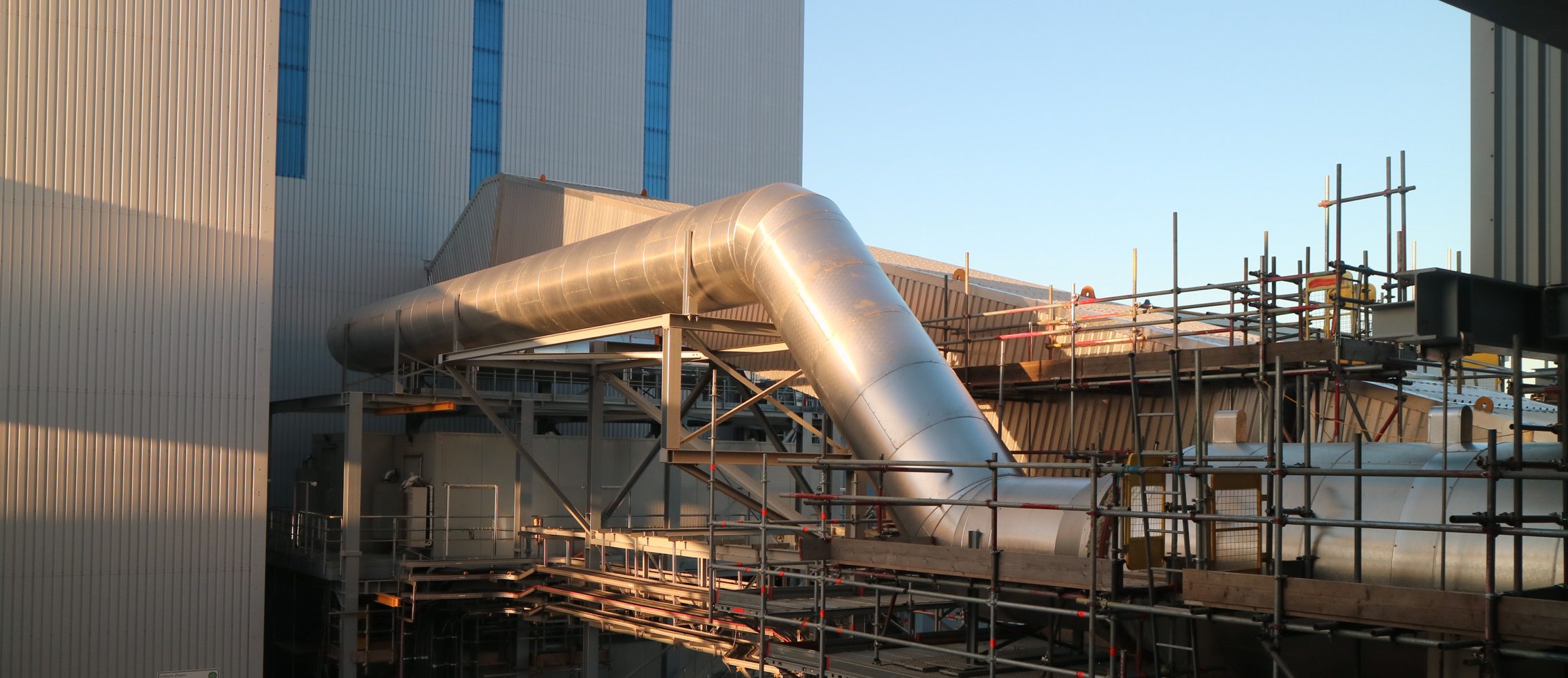
Personnel Protection
As well as protecting the insulated equipment from the environment, an insulation system critically offers protection to personnel. Operatives working within industrial environments undoubtedly come into close contact with industrial assets.
These assets could be operating at extremely high or freezing temperatures, and if left uninsulated, both situations could lead to serious harm to personnel. By nature, and due to process demands, industrial equipment can also generate harmful levels of acoustics (noise and vibration); if the process equipment were left uninsulated this could cause serious implications to personnel also.
Are there situations when equipment does not need to be insulated?
There are some cases where equipment needs to lose heat for process reasons or the risks and costs associated with CUI are so severe, that leaving equipment un-insulated is the only option.
Overall an insulation system performs a vitally important role across the processing and manufacturing sectors when installed on industrial assets. Leaving equipment uninsulated will cause processes to lose efficiency and use more energy, resulting in increased costs. It will also negatively impact the environment and critically run the risk of causing serious injury to personnel.







